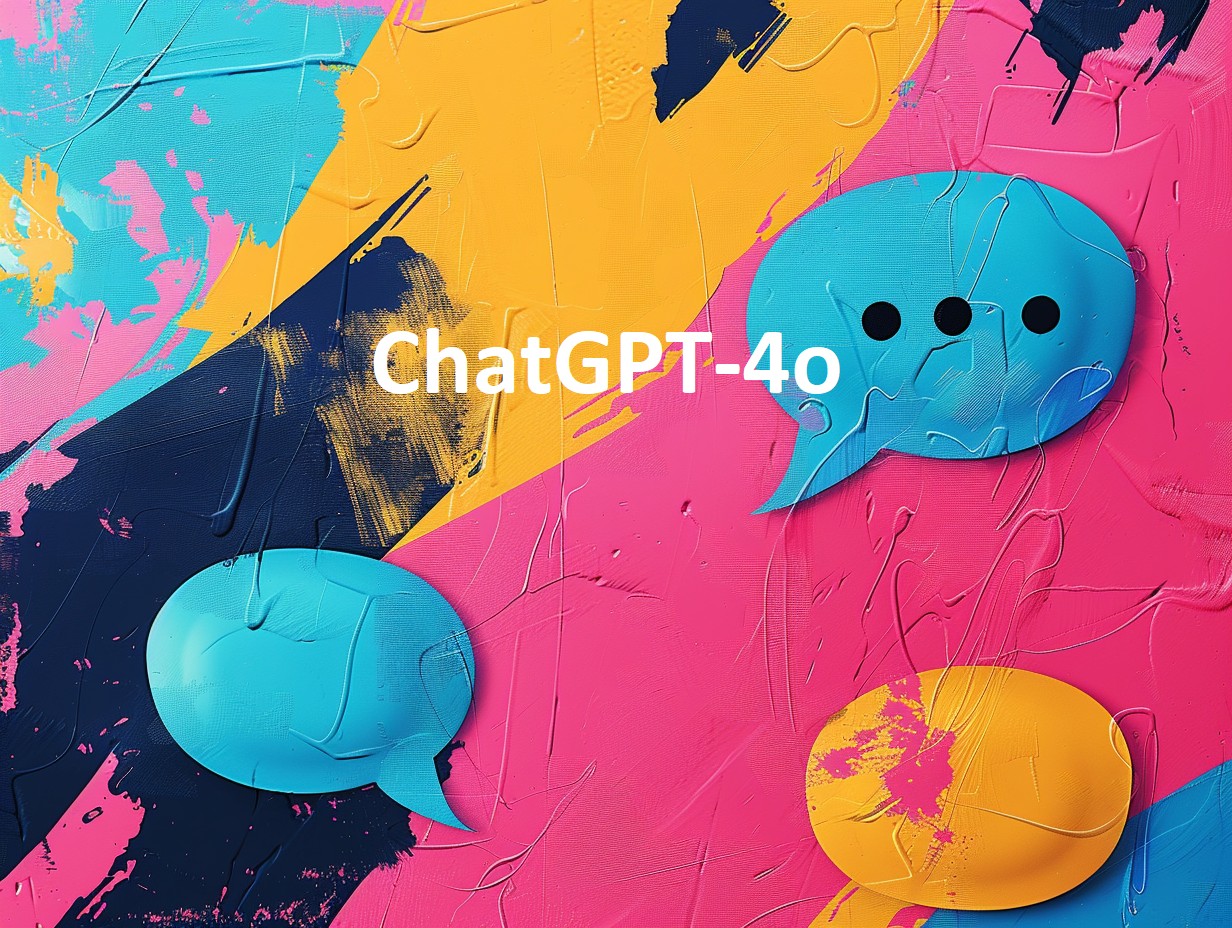In today’s fiercely competitive business landscape, the integration of Artificial Intelligence (AI) into marketing strategies has emerged as a pivotal game-changer. AI not only assists brands in standing out amidst the clutter but also streamlines day-to-day marketing tasks, offering opportunities for optimizing activities, gaining valuable insights into customer behavior, and enhancing overall marketing strategies. To harness the full potential of AI, businesses must align their AI initiatives with their specific needs and objectives. Here are three practical tips to improve AI integration into a marketing strategy.
Identify improvement areas
To effectively integrate AI into their marketing strategies, businesses must first identify areas where AI can make a substantial impact. Pinpointing these areas of opportunity is crucial for leveraging AI’s capabilities to their fullest extent. Some key focus areas include:
1. Personalization efforts: AI can significantly enhance personalization by analyzing user data and tailoring marketing content and recommendations accordingly. It enables marketers to create personalized experiences that resonate with individual customers.
2. Keyword research: AI-powered tools can streamline keyword research, helping businesses discover relevant keywords and trends to optimize their content for search engines. This ensures that marketing efforts are more likely to reach the right audience.
3. Content optimization: AI-driven content optimization tools can analyze and suggest improvements to content, such as refining headlines, enhancing readability, and ensuring it aligns with SEO best practices. This improves the overall quality and effectiveness of marketing content.
4. Chatbot assistance: Integrating AI-powered chatbots into customer service and sales processes can provide 24/7 support, answer frequently asked questions, and assist in guiding customers through their journey, ultimately improving user experience.
Choose the correct AI tools
The AI market is currently valued at a staggering $9.32 billion, and the sheer abundance of AI tools can be overwhelming. To make the right choice, businesses should consider several factors when evaluating AI tools for marketing:
1. Functionality: Select AI tools that offer the specific functionality needed to achieve marketing goals. Whether it’s predictive analytics, natural language processing, or image recognition, the chosen tools should align with the intended use cases.
2. User reviews: Reputable user reviews from industry professionals and experts can serve as valuable social proof. They offer insights into how well a particular AI tool performs in real-world scenarios, helping businesses make informed decisions.
3. Scalability: AI tools should have the capability to scale as the business grows. It’s essential to choose tools that can adapt to evolving marketing needs and handle increasing data volumes effectively.
Optimize AI tools for growth
Many marketing tools already come equipped with built-in AI features. Instead of reinventing the wheel, marketers should focus on understanding the benefits, use cases, and limitations of existing tools before investing in new ones. Here’s how to optimize AI tools for growth:
1. Strategic mapping: Before diving headfirst into AI implementation, marketers should strategically map out and prioritize how to best utilize AI capabilities. AI is most effective when given thoughtful prompts and specific instructions.
2. Collaboration: Encourage collaboration between different AI tools. For instance, using ChatGPT or Bard to generate prompts for image creation by Dall-E can result in images that better match unique needs, improving the overall effectiveness of AI-driven content creation.
3. Continuous learning: Keep abreast of AI advancements and updates in the marketing landscape. Continuous learning and experimentation with AI tools can unlock new possibilities and opportunities for improvement.
Incorporating AI into a marketing strategy requires a thoughtful and strategic approach. Chelsea Alves, a consultant at UNmiss, emphasizes the importance of strategic planning when utilizing AI’s capabilities. She advises, “AI is creating a buzz, and every marketer is eager to take advantage of its powerful capabilities. However, where I see marketers making a mistake is when they dive in too quickly without strategically mapping out and prioritizing how to best use AI.”
Alves further illustrates her point, stating, “AI is most effective when you give it thoughtful prompts. If you want Dall-E to generate an image, don’t just describe the image. Go to ChatGPT or Bard and ask it to create a prompt for a specific type of image you have in mind. You can then use that prompt for Dall-E to generate an image that more closely matches your unique needs.”
As AI continues to enable businesses to grow, embracing these tips better positions marketers to maximize their investments and take a more strategic approach when evaluating new tools. Understanding the nuances of AI tools, making informed choices, and optimizing their use can propel marketing initiatives, products, and services to new heights.





